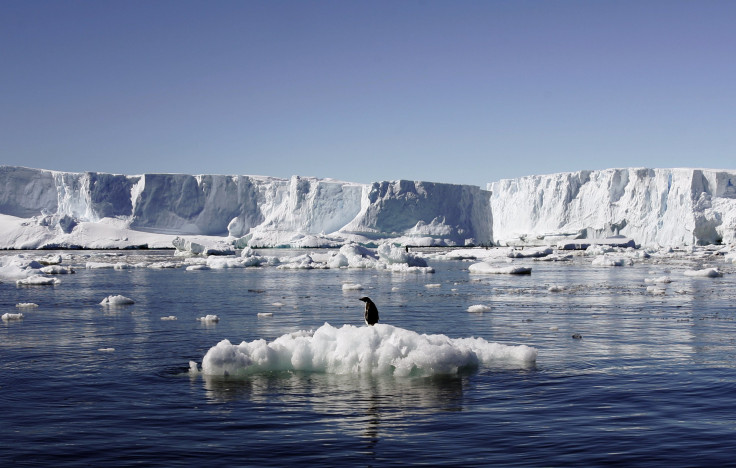Nature Soundmap: An Interactive Collection of Nature's Most Interesting Sounds

Nature Soundmap, a collaborative effort of sound recordists, ornithologists and naturalists from around the world, has mapped out a collection of amazing soundscapes on a satellite map of the planet.
The recordings, from a team of more than 35 nature sound recordists, range from species-specific recordings to ambient soundscapes of entire environments. Most are binaural, meaning they are captured in stereo with two microphones. That simulates the way the human ears capture sound, making these recordings incredibly true to the source material.
Find yourself some nice headphones or speakers and experience the closest you can get without actually having to trek to the Amazon or Australian outback.
Some of the more interesting sounds include:
1. Pied Butcherbird in Ormiston Gorge, central Australia – At 3 a.m., a lone butcherbird sings a lonely song in the Australian outback. The Butcherbird’s call reverberates throughout a still night in the gorge, showing just how vast and remote central Australia can be.
2. Grinding icebergs in Antarctica – Many of us probably won’t have a chance to be up close and personal with a group of icebergs sliding against one another. The creaking sound goes from surprisingly high-pitched to near inaudibly low. However you describe it, it’s probably not what you expect.
3. Slavek’s Creek, Lake Mamori, Lago, Brazil – The type of soundscape you’d expect from a tributary of an Amazon lake, but with some nice surprises.
4. Common Eiders displaying off the Shetland Islands, UK – Definitely the funniest and probably strangest sound in the Nature Soundmaps’ collection. Nature Soundmap describe it as being like “grannies gossiping over a fence,” and they’re spot on.
5. Lions roaring before dawn near Mkoba, Zimbabwe – Not something you probably want to hear up close, so good thing recordists Kim + Craig went out and recorded this for us.
Many of the recordists have compilations of their own worth diving into. They’re links can be found here. Nature Soundmap also accepts submissions; check the link for guidelines.
© Copyright IBTimes 2024. All rights reserved.












